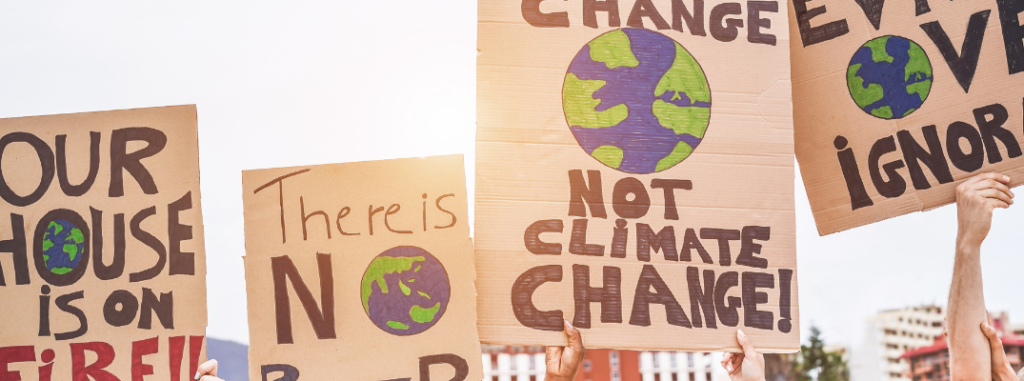This post originally appeared in The Economist
Earth is smouldering. From Seattle to Siberia this summer, flames have consumed swathes of the northern hemisphere. One of 18 wildfires sweeping through California, among the worst in the state’s history, is generating such heat that it created its own weather. Fires that raged through a coastal area near Athens last week killed 91 . Elsewhere people are suffocating in the heat. Roughly 125 have died in Japan as the result of a heatwave that pushed temperatures in Tokyo above 40°C for the first time.
Such calamities, once considered freakish, are now commonplace. Scientists have long cautioned that, as the planet warms—it is roughly 1°C hotter today than before the industrial age’s first furnaces were lit—weather patterns will go berserk. An early analysis has found that this sweltering European summer would have been less than half as likely were it not for human-induced global warming.
It is tempting to think that humans would, at some point become concerned considering mankind’s instinct of self-preservation. The evidence however shows that though there has been some progress, the setbacks have been scarily detrimental to its potential impacts. Take the Paris agreement for instance. Three years after countries vowed in Paris to keep warming “well below” 2°C relative to pre-industrial levels, greenhouse-gas emissions are up again. And while investments in oil and gas are going up, renewable energy investments are either dwindling own or stalled in many countries, which is partly as a result of how expensive climate-friendly nuclear power tends to be. The less expensive energy sources — solar, wind energy and other low-carbon technologies– have however become popular alternatives.
However slow the progress is, report show that public concern is picking up. A poll last year of 38 countries found that 61% of people see climate change as a big threat; only the terrorists of Islamic State inspired more fear. In the West campaigning investors talk of divesting from companies that make their living from coal and oil. Despite President Donald Trump’s decision to yank America out of the Paris deal, many American cities and states have reaffirmed their commitment to it. Even some of the sceptic-in-chief’s fellow Republicans appear less averse to tackling the problem. In smog-shrouded China and India, citizens choking on fumes are prompting governments to rethink plans to rely heavily on coal to electrify their countries.
Optimists say that decarbonisation is within reach. Yet, even allowing for the familiar complexities of agreeing on and enforcing global targets, it is proving extraordinarily difficult.
One reason is soaring energy demand, especially in developing Asia. In 2006-16, as Asia’s emerging economies forged ahead, their energy consumption rose by 40%. The use of coal, easily the dirtiest fossil fuel, grew at an annual rate of 3.1%. Use of cleaner natural gas grew by 5.2% and of oil by 2.9%. Fossil fuels are easier to hook up to today’s grids than renewables that depend on the sun shining and the wind blowing. Even as green fund managers threaten to pull back from oil companies, state-owned behemoths in the Middle East and Russia see Asian demand as a compelling reason to invest.
The second reason is economic and political inertia. The more fossil fuels a country consumes, the harder it is to wean itself off them. Powerful lobbies, and the voters who back them, entrench coal in the energy mix. Reshaping existing ways of doing things can take years. In 2017 Britain enjoyed its first coal-free day since igniting the Industrial Revolution in the 1800s. Coal generates 80% of India’s electricity, but also underpins the economies of some of its poorest states. Panjandrums in Delhi are not keen to countenance the end of coal, lest that cripple the banking system, which lent it too much money, and the railways, which depend on it.
Last is the technical challenge of stripping carbon out of industries beyond power generation. Steel, cement, farming, transport and other forms of economic activity account for over half of global carbon emissions. They are technically harder to clean up than power generation and are protected by vested industrial interests. Successes can turn out to be illusory. Because China’s 1m-plus electric cars draw their oomph from an electricity grid that draws two-thirds of its power from coal, they produce more carbon dioxide than some fuel-efficient petrol-driven models. Meanwhile, scrubbing CO{-2} from the atmosphere, which climate models imply is needed on a vast scale to meet the Paris target, attracts even less attention.
The world is not short of ideas to realise the Paris goal. Around 70 countries or regions, responsible for one-fifth of all emissions, now price carbon. Technologists beaver away on sturdier grids, zero-carbon steel, even carbon-negative cement, whose production absorbs more CO{-2} than it releases. All these efforts and more—including research into “solar geoengineering” to reflect sunlight back into space—should be redoubled.
None of these fixes will come to much unless climate listlessness is tackled head on. Western countries grew wealthy on a carbon-heavy diet of industrial development. Honoring their commitment to the Paris agreement in order to aid global adaptability to the warmer earth and to limit any emissions that would drive poverty further.
Averting climate change will come at a short-term financial cost—although the shift from carbon may eventually enrich the economy, as the move to carbon-burning cars, lorries and electricity did in the 20th century. Politicians have an essential role to play in making the case for reform and in ensuring that the most vulnerable do not bear the brunt of the change. Perhaps global warming will help them fire up the collective will. Sadly, the world looks poised to get a lot hotter first.

